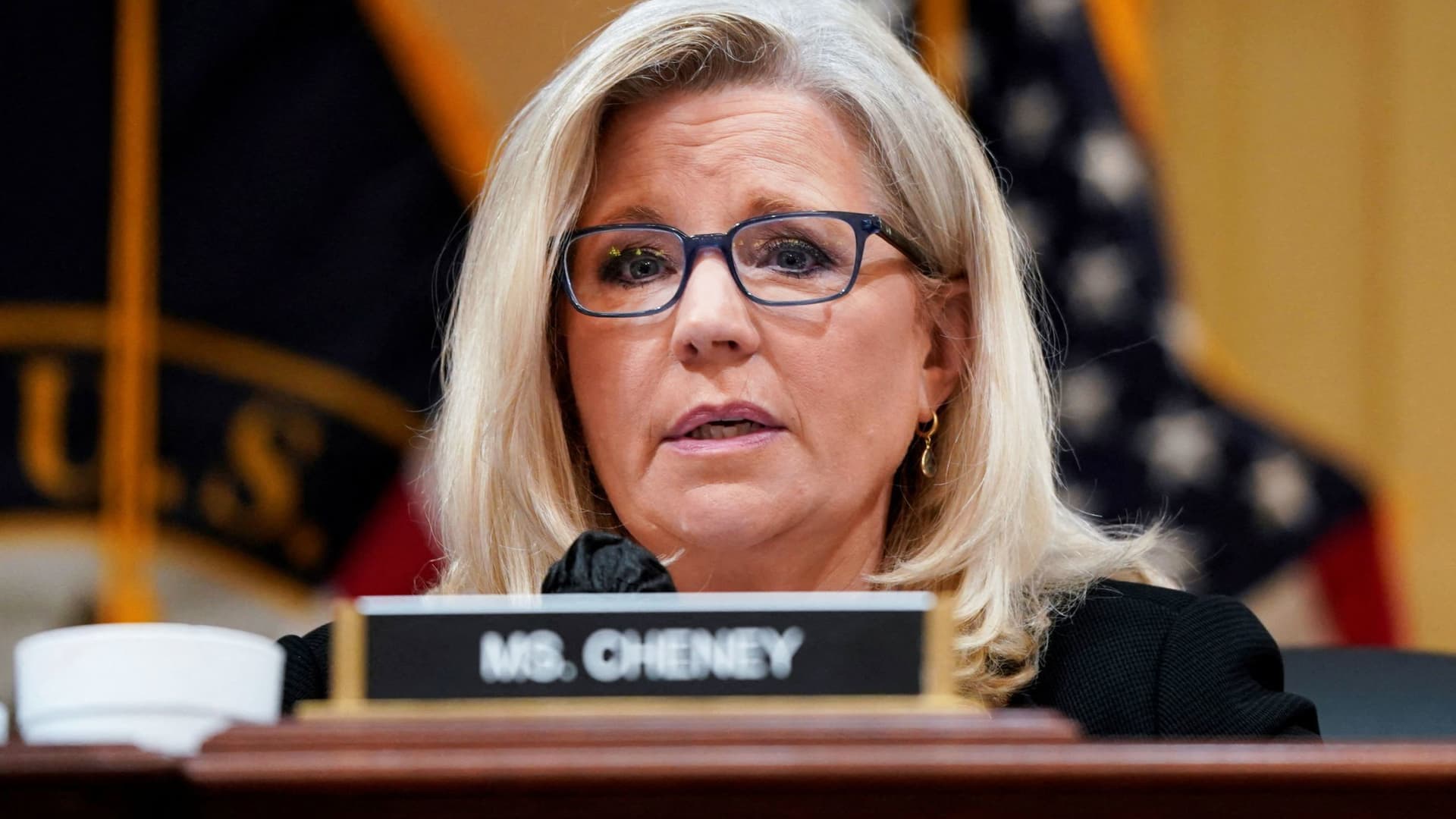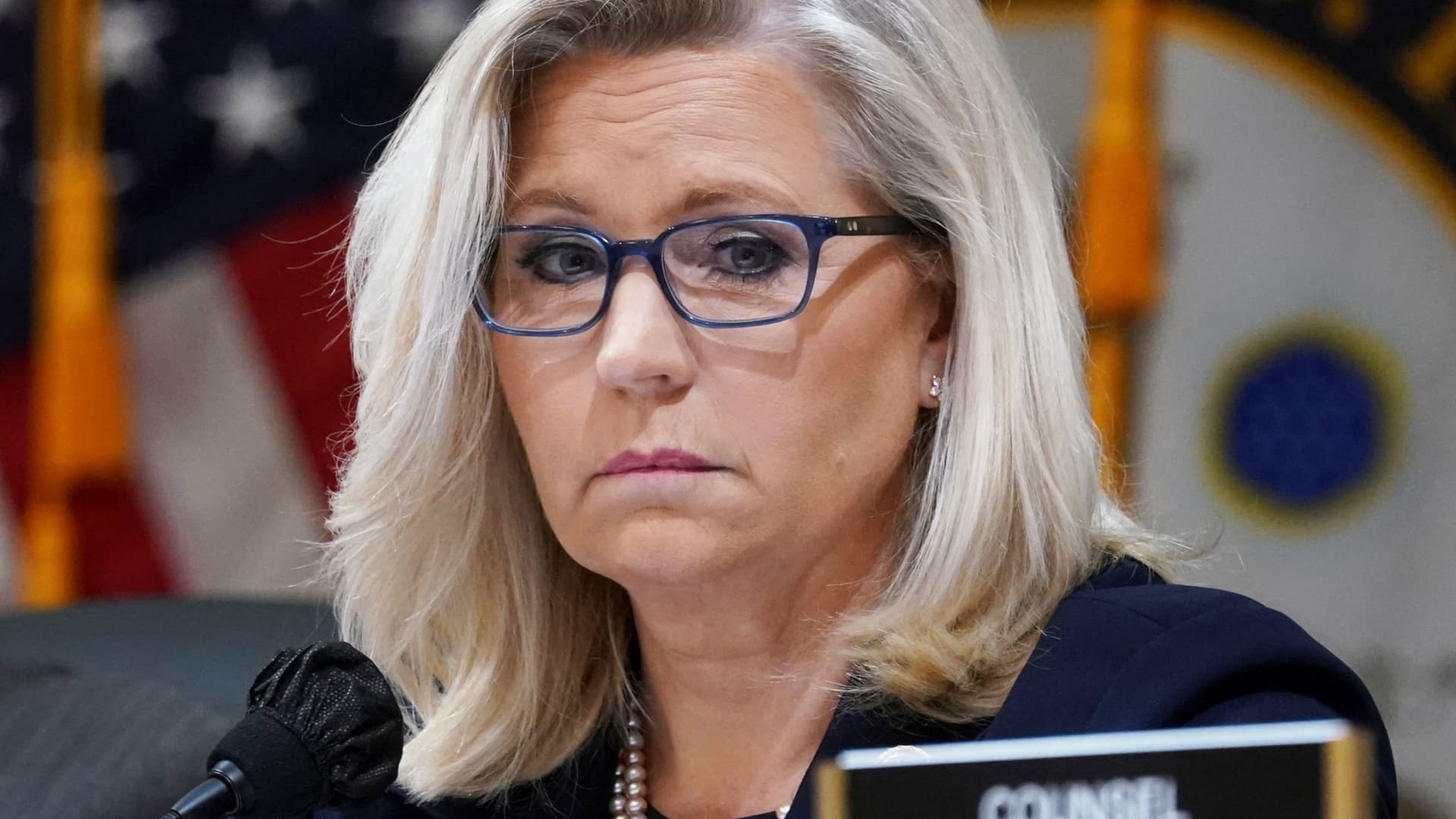US Markets
Wednesday, September 4th, 2024 2:16 pm EDT
Key Points
- Atlanta Federal Reserve President Raphael Bostic signaled his readiness to start lowering interest rates despite inflation still being above the Fed’s target, emphasizing a shift in focus toward preventing labor market disruptions.
- Bostic’s comments align with market expectations that the Federal Open Market Committee (FOMC) may cut the benchmark borrowing rate during its September meeting, marking the first easing since the early days of the COVID-19 crisis.
- Bostic highlighted signs of a slowing labor market and the gradual decline in inflation, indicating that he is balancing the Fed’s dual mandate of controlling inflation and maintaining employment.
Atlanta Federal Reserve President Raphael Bostic signaled a shift in his monetary policy stance on Wednesday, indicating his readiness to begin lowering interest rates despite inflation remaining above the Fed’s target. Previously known for his hawkish approach to combat inflation through tighter policies, Bostic is now focusing more on the employment aspect of the Fed’s dual mandate. He emphasized the importance of preemptive action to avoid labor market disruptions, which could cause unnecessary economic hardship. Bostic argued that the Fed should not wait for inflation to drop fully to the 2% target before easing restrictions, as doing so could negatively impact the labor market.
Inflation, as measured by the Fed’s preferred gauge, was running at 2.5% in July, slightly above the core rate of 2.6% when excluding food and energy. While Bostic did not provide specifics on the timing or extent of rate cuts, his remarks come at a time when financial markets are already anticipating the Federal Open Market Committee (FOMC) to reduce the benchmark borrowing rate by at least a quarter percentage point during its upcoming meeting on September 17-18. As a voting member of the FOMC this year, Bostic’s perspective is particularly influential, bolstering expectations that the Fed will initiate its first rate cut since the emergency measures taken during the early stages of the COVID-19 crisis over four years ago.
Bostic’s comments are also timely, arriving just ahead of an important nonfarm payrolls report, which many economists believe will show a slowing labor market. He shared that his interactions with business leaders in the Atlanta area have highlighted concerns about a weakening economy and labor market, though he noted there is no sense of an imminent crash or panic among his contacts. Instead, the ongoing slowdown in economic activity is contributing to a welcome decrease in the pace of inflation.
Bostic pointed to several indicators suggesting that inflation is steadily moving back towards the Fed’s target, driven by a cooling labor market. Given these developments, Bostic has adjusted his focus to consider both inflation and employment, marking a significant shift in his approach since early 2021. This balanced view reflects his belief that the current economic conditions warrant a more nuanced approach to monetary policy, prioritizing stability in both prices and employment.
For the full original article on CNBC, please click here: https://www.cnbc.com/2024/09/04/atlanta-fed-president-bostic-says-officials-cant-wait-for-inflation-to-hit-2percent-before-cutting.html




